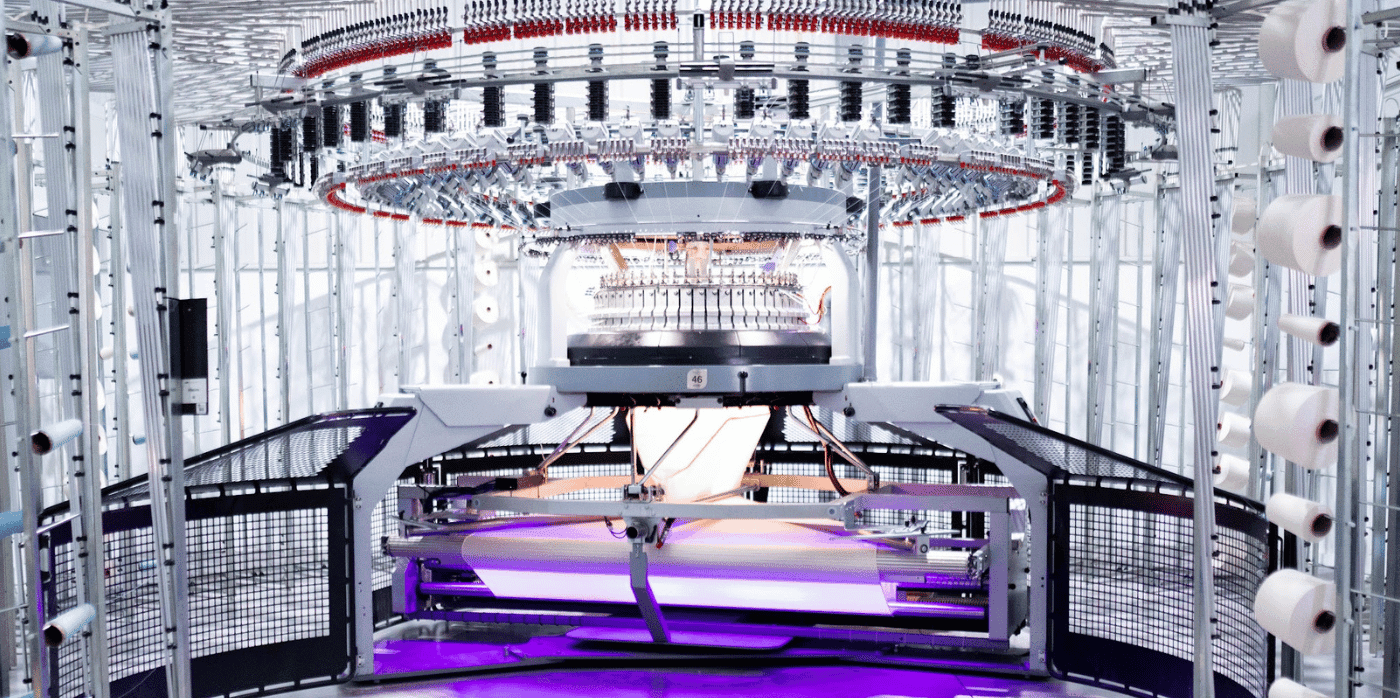Next-gen care: AI spots early signs of health decline

Spotted: An ageing population, combined with the potential growth of dementia, is contributing to the immense pressure being put on the UK’s National Health Service (NHS). Part of the challenge lies in the high numbers of vulnerable people admitted to A&E, who are then kept in hospital while a suitable care home is found, or homecare support is organised.
Remote monitoring technologies help care teams quickly respond to emergencies and often provide a life-saving service. Physiotherapist Louise Rogerson and data scientist Jonathan Burr wanted to find a way to prevent some of those emergency admissions by deploying smart home care earlier and in more detail. The co-founders built Howz, a smart home care monitoring system that works to prevent falls and other injuries by identifying slight changes in a patient’s behaviour.
Using artificial intelligence (AI), a motion sensor, smart plug, door sensor, and hub, Howz’s package helps carers track energy use and at-home movements. The AI quickly establishes a base routine for each patient and uses that information to identify early behavioural changes and capability that indicate a possible need for social care support. Those early alerts – such as no electric kettle use that day – help social care teams and family carers spot and react to small changes that may otherwise go unseen with current home care monitoring systems, before a more serious accident can occur.
It takes only minutes to install the Howz system and data is available instantly via the app for individual carers and healthcare professionals. Howz provides round-the-clock monitoring and a care dashboard for those in charge of multiple patients. At the same time, privacy is an essential part of the system. No personal data is collected, and the main account holder can add or delete permissions for those using the app. Results show that the use of Howz reduces emergency admissions by 32 per cent and the risk of care home admission by 42 per cent.
From Parkinson’s to mental health, Springwise’s library includes a variety of innovations using AI to provide customised, timely healthcare interventions.
Written By: Keely Khoury



